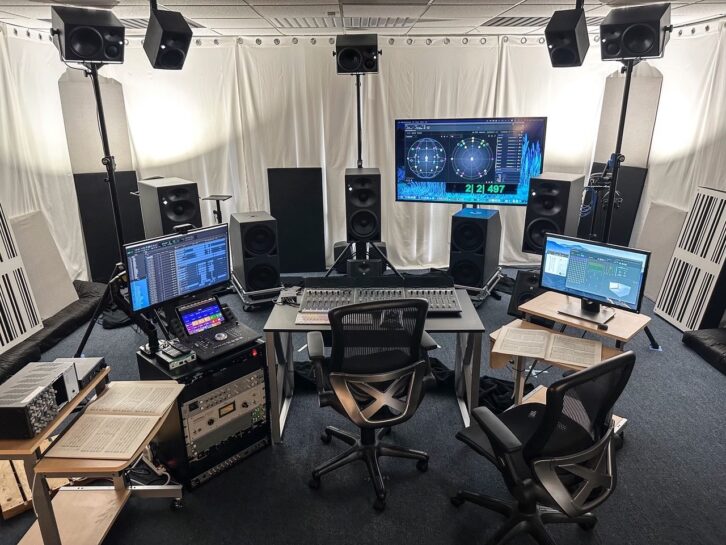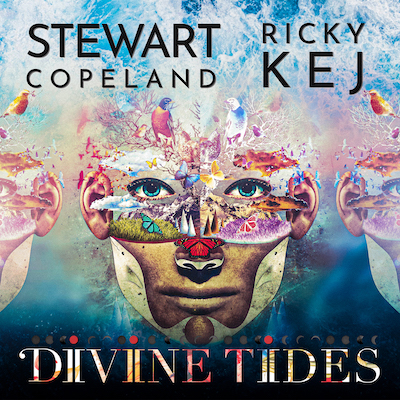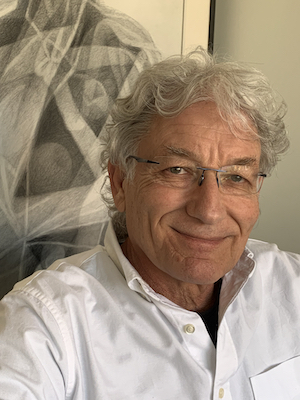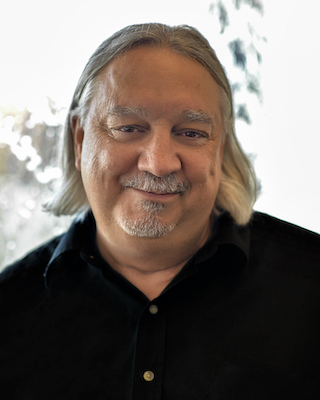
Ricky Kej and Stewart Copeland scored a double on the sixty fifth annual Grammy Awards earlier this yr, successful for Best Immersive Audio album with their collaborative venture, Divine Tides. This is the second Grammy the pair has gained for the nine-song assortment, which picked up the award for Best New Age album in 2022 in its unique stereo launch.
 The new model of the album, accessible in Sony 360 Reality Audio on varied spatial audio streaming platforms, was the work of immersive mixer Eric Schilling and immersive producer Herbert Waltl, who shared the manufacturing credit score with Kej and Copeland. This yr’s Grammy win for Divine Tides marks the second consecutive yr {that a} Sony 360RA launch has taken residence the immersive album prize. Last yr, Schilling additionally gained—with fellow immersive mixer George Massenburg—for Alicia Keys’ Alicia.
The new model of the album, accessible in Sony 360 Reality Audio on varied spatial audio streaming platforms, was the work of immersive mixer Eric Schilling and immersive producer Herbert Waltl, who shared the manufacturing credit score with Kej and Copeland. This yr’s Grammy win for Divine Tides marks the second consecutive yr {that a} Sony 360RA launch has taken residence the immersive album prize. Last yr, Schilling additionally gained—with fellow immersive mixer George Massenburg—for Alicia Keys’ Alicia.
The new model was no afterthought, studies Waltl, who linked with Kej whereas the album was being recorded, socially separated, in the course of the early phases of the pandemic. As a consequence, he and Schilling, working within the immersive combine room at mediaHyperium, the Los Angeles-area firm Waltl based in 1996, have been in a position to information a few of the manufacturing decisions in the course of the recording periods, which passed off in India, Africa, the U.S. and at London’s Abbey Road Studios.
“It was useful for us to inform them what would work for us and how much flexibility we would have liked,” Waltl feedback. “It was a complete collaboration.”
SONY RA360 SETUP
The multi-format combine room at mediaHyperium—the place Schilling combined half the Alicia songs—is outfitted with quite a lot of Neumann audio system. In addition to seven KH 420 fashions and a pair of KH870 subs in a 7.1 configuration, 5 KH 310s deal with Sony’s top channels, whereas 4 KH 120s dangle from the ceiling barely nearer to the combo place to help the Dolby Atmos overhead zones. Per the Sony immersive format’s necessities, there are additionally three audio system on the ground throughout the entrance. The studio has since added two rear flooring audio system, as allowed by the Sony format; the blending program solely must know the coordinates of the speaker areas.
Certain shopper AVRs help Sony 360RA playback, nevertheless it was meant primarily for headphones, and people entrance flooring audio system made the format best for this venture, Schilling says. “It’s very expansive; you get the depth of the entrance wall going from flooring to ceiling, particularly with orchestral preparations and, on this venture, sure tablas or lower-frequency drums.” Listen on headphones, he provides, “and the ground [toms] really feel like they’re virtually down your throat.”
Mix Nashville: Immersive Music Production Announces First Round of Sponsors

Waltl believes that the expanded vertical axis is what can actually promote immersive audio to individuals who have had an uninspiring listening expertise with different 3D codecs. “You in a short time get the thought of what ‘spatial’ means,” he says.
The Sony format’s 13-speaker (5 foremost, 5 top, three flooring) setup was the right platform for Divine Tides, Schilling continues. “It’s received flutes and drums, and also you’ve received a standard drum package. Stewart was actually nice with the hand percussion; there are little stuff you may not pay attention to, however you begin to uncover them as you hearken to the songs.”
U.S.-born Copeland, greatest generally known as the drummer with The Police and a long-established and prolific movie rating composer, has been accumulating unique devices since his childhood within the Middle East. Waltl chimes in: “Stewart performed, I consider, 34 devices on Divine Tides, which he’s collected over his life.”
Kej, additionally born within the U.S. and residing in India for the reason that age of eight, has launched greater than 15 studio albums and carried out worldwide since initially coaching as a dentist. A staunch environmentalist, he holds ambassadorial positions with UNESCO and UNICEF. “We must reside in peace with all entities on this planet,” he mentioned in his Grammy acceptance speech final yr. “Divine Tides is all about coexistence.”
IMMERSIVE MIX TIME
The producers offered roughly 16 stereo stems per tune, from which Schilling and Waltl created the immersive combine. “Stewart offered Ricky with a stereo mixture of his drums the way in which he heard them,” Schilling says. “Strings have been stereo, the percussion was cut up out a little bit bit extra, the flutes have been cut up out and the vocals have been cut up out.”
That mentioned, Waltl studies that he and Schilling might additionally entry particular person sources: “We requested the producers to ship us the unique multitracks. If there was one thing we wished to attempt to separate and unfold out, we’d import the multitrack for that section.”
As Schilling explains, on any immersive combine venture, he’ll usually request a vocal stem with rides, plus the dry vocal sources, from which he can generate his personal reverbs and different results. He and Waltl have developed templates for his or her plug-in assortment—they’ve 2,000 between them, Schilling says—to hurry up the method, enabling him, as an illustration, so as to add on the click on of a preset a reverb that strikes from entrance to again.

The pair have additionally developed methods to increase the spatial soundfield. “We use Waves Unwrap and Nugen; now we have a palette,” Schilling explains. “What I like about Unwrap is that it has a combination management. You don’t must unwrap one thing fully, which is extraordinarily helpful.”
Schilling has finished quite a lot of Atmos work, he says. In the case of catalog tracks, he’ll keep very near the texture of the unique combine. “In the case of Divine Tides, we’d transfer stuff round, so you’ve this 3D surroundings, however we’d all the time reference the stereo to guarantee that, from a stability viewpoint, we have been assembly the unique intent. We’ll discover a place the place it feels right, when it comes to the way it’s organized, nevertheless it’s a a lot wider subject.”
He typically works alone, he provides, so he welcomed Waltl’s enter on this venture. “He would push me to do issues I may not have considered. I feel a collaborative surroundings all the time produces one of the best outcomes.”
“We attempt to make a soundfield the place there’s a stability between back and front. We don’t need to make a combination that’s simply front-loaded content material,” provides Waltl, a gifted pianist who began enjoying on the age of 5. “We are guided by the music. Everybody talks about method and codecs and what compression you utilize. That is all extraordinarily necessary, however the content material is hardly mentioned. I feel it’s the extra necessary topic, as a result of in a spatial combine you possibly can destroy a tune fully in the event you pull elements aside.”
Instead, he says, “You must look into voice main,” the music principle describing the interplay of melodic elements and the way particular person voices transfer from chord to chord. “Every style has its personal compositional guidelines and the way the voices work together, the polyphony. So, hear and see the way it emotionally impacts you.”
A flute or guitar line could have an answering melody, for instance. Those may very well be positioned collectively or, with a dramatic interplay, positioned reverse one another within the 360-degree soundfield.
“The music dictates the place you place it,” Waltl stresses. “Technology serves the music; it’s not music serving the expertise.”



